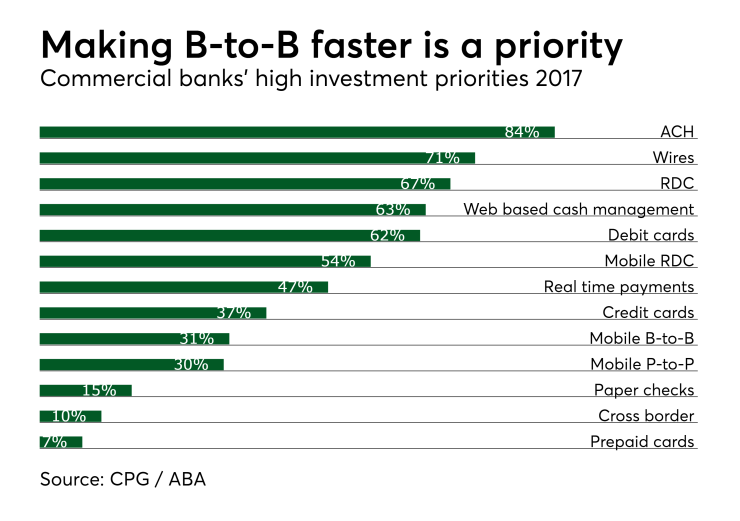For today’s CFOs, tracking, monitoring and strategically managing capital and customer information is a process that requires real-time visibility into every aspect of the payables cycle.
Integrated solutions have greatly simplified the B-to-B payment process by automating every aspect of a company’s procurement workflow, including electronic payments. But many executive-level decision makers fail to take advantage of critical company insights hidden in their payment data, which can be used to maximize ROI.
To delve into the wealth of information within their B-to-B payment data, companies need to invest in a technology solution that accommodates existing data while integrating all new data in a single, reliable format. Consolidating this information into a single report gives full-scale visibility into an organization’s revenue and security by tracking both invoices and purchase orders through every step of the process.

This streamlined approach captures data that allows companies to see exactly when payments are being processed and when they are not. Decision makers can examine days inventory outstanding (DIO), days sales outstanding (DSO) and days payable outstanding (DPO) for insight into where improvements can be made to bolster working capital.
Companies can monitor cash conversion cycle (CCC) metric (CCC = DIO + DSO - DPO) to calculate the length of time in days that it takes a company to convert resources into cash flow. With increased transparency into how cash flows through the payables cycle, executives are able to evaluate real-time balances to rectify working capital on a day-to-day basis.
Payment data can also reveal insights for companies to foster better relationships with customers and vendors or suppliers. By looking at changes in DPO, executives glean a greater understanding of customer positions.
The payment function of an automated solution provides transparency into the activities of vendors or suppliers, enabling companies to see each party’s payment preferences and optimize payment processes to increase capital and opportunities for future investment.
B-to-B payment data holds crucial knowledge of an organization’s financial health. By tracking both invoices and purchase orders through every step of the process, an automated, streamlined approach to the payables process provides executive decision makers with the context to reduce costs, optimize cash flow and facilitate payments. In the end, the short-term investment of an integrated procurement-to-payment solution can produce immediate and significant returns.





